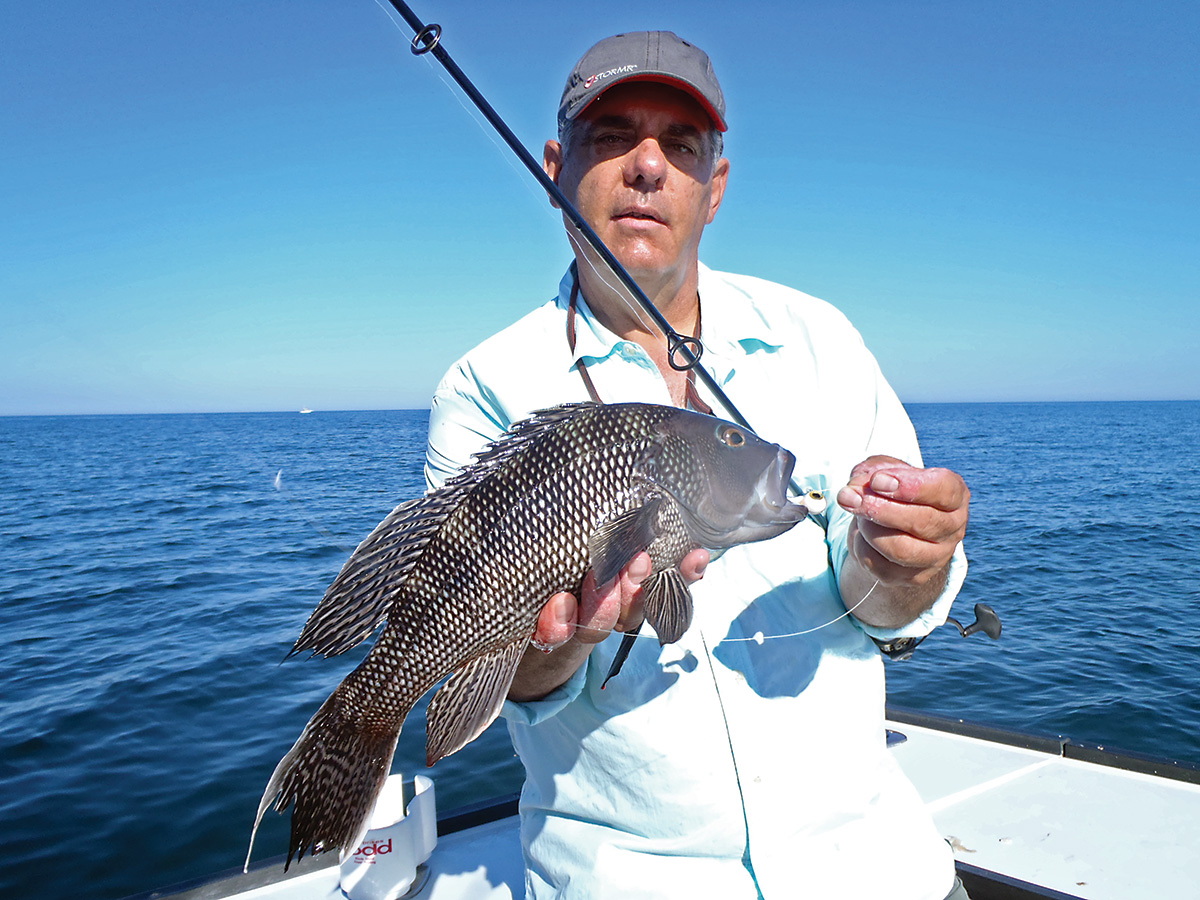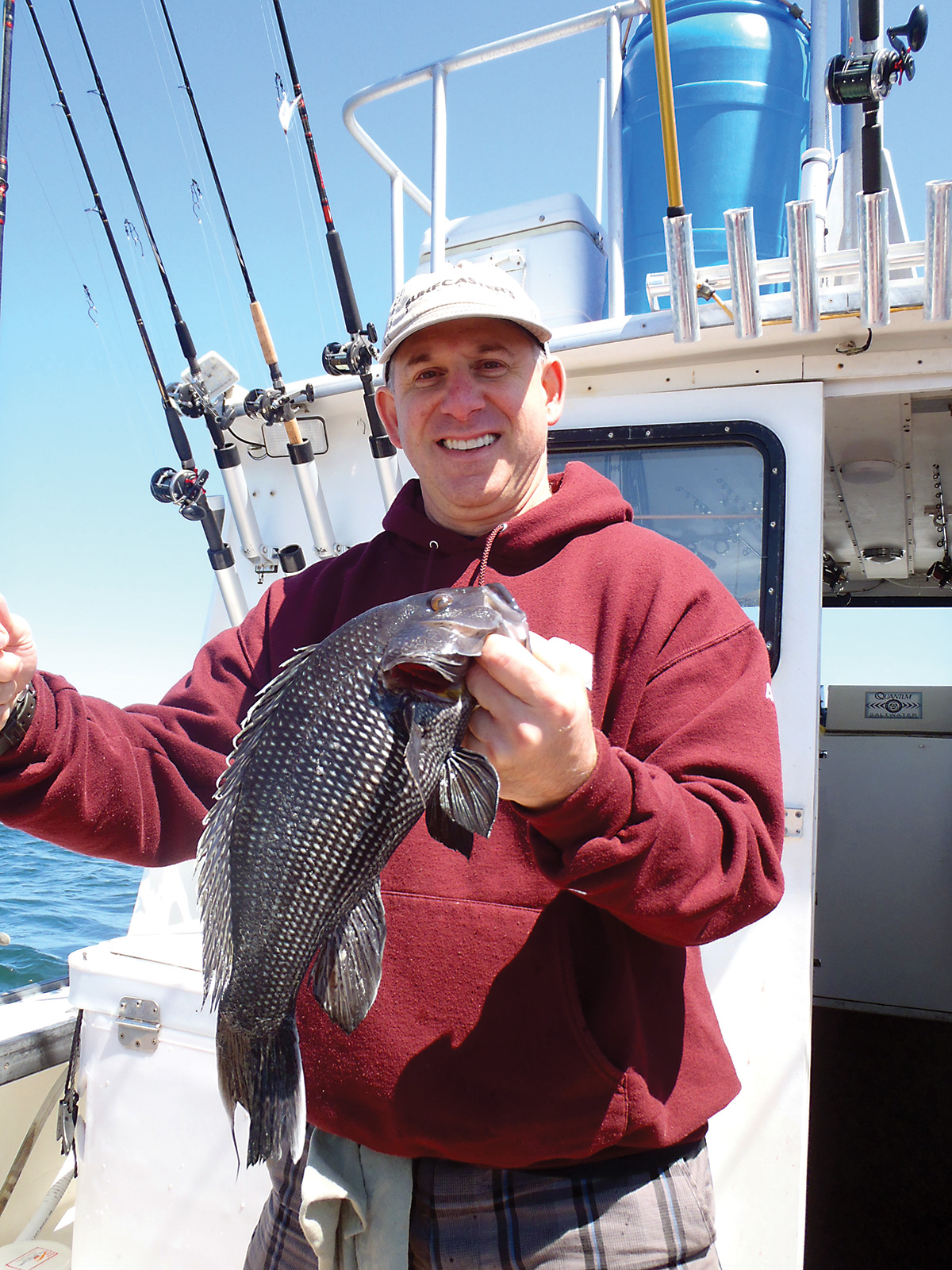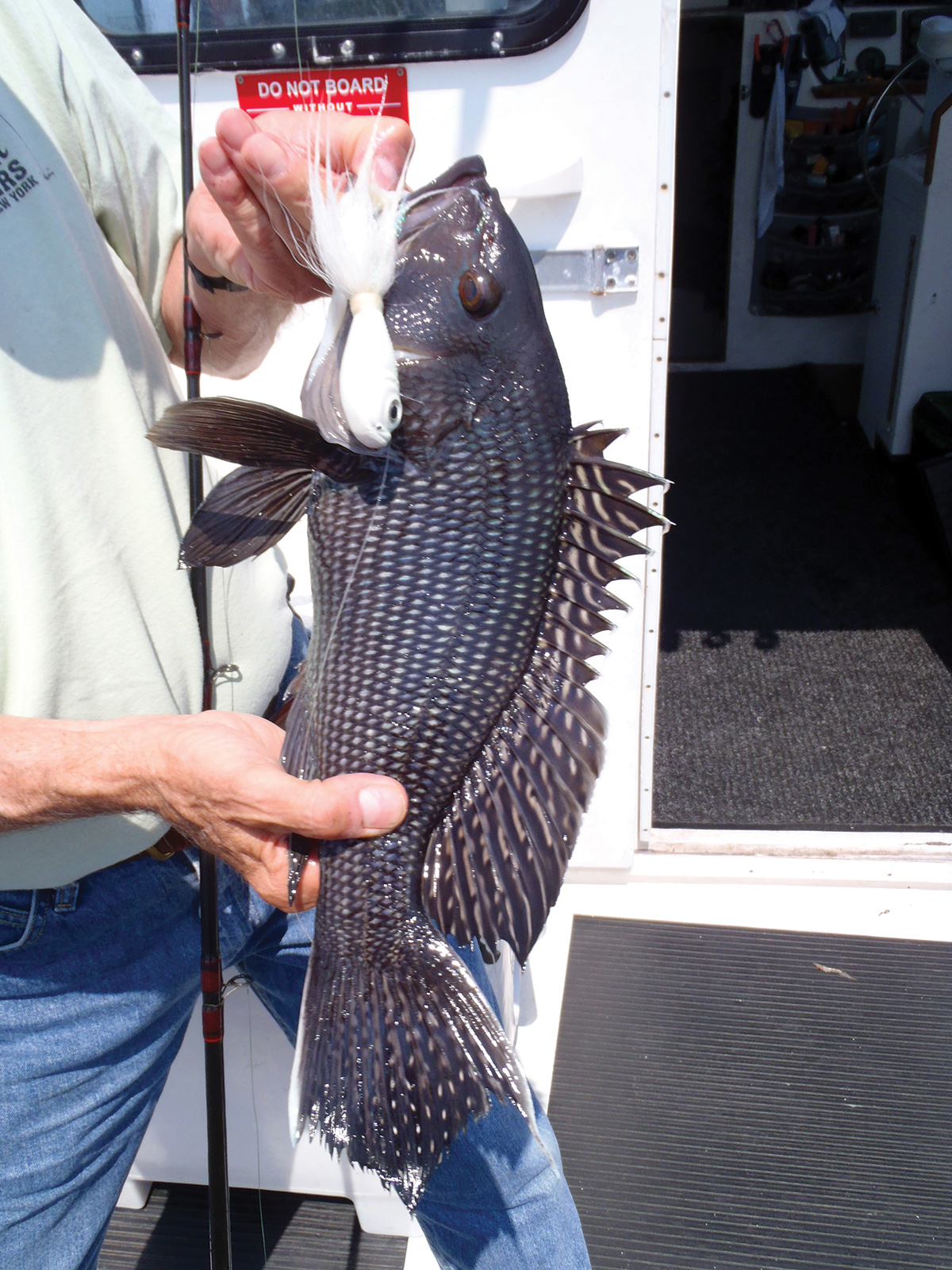
The sport of fishing continuously attracts new members, and that’s a good thing because they bring new ideas, attitudes, and energy to the sport. Yet, each new generation may lack intimate knowledge about what fishing was like 20 or 50 years ago, and thus a dichotomy of opinions exists about the current quality of fishing for various species versus years past. Take striped bass for example. After the moratorium was lifted, and striper stocks rebounded in the 1990s, the recuperated stocks produced good fishing and recruited numerous new anglers to striper fishing. Similarly, many new anglers may not have caught sea bass in the past, but recently have enjoyed good fishing for the species as stocks rebounded.
It takes a long memory to appreciate the history of our fisheries over decades. Fortunately or unfortunately, I have those long memories. The fortunate aspect is I’ve lived 75 years, and the unfortunate part is a “remembrance of things past,” sometimes a better past, that is not sentimentally misremembered. Agencies have been developing management plans for decades and then tweak them as populations rise and fall. Sometimes, as was true with striped bass, depleted populations rebound quickly, with nature’s help of course. Other times a fishery is slower to respond. Certainly, that’s been the case with sea bass. In my youth they were very abundant, but then declined, but in the last few decades managers seem to have found the right formula, and the sea bass population has been growing steadily.
Now and Then
Yes, recent years have witnessed more sea bass than in previous decades, but it takes a historical perspective to evaluate how good today’s sea bass fishing really is. Is the fishery as strong as it was 50 years ago? The answer to that question depends, in no small part, on how and where you fish. Although caught from New England to the Carolinas and from deep ocean wrecks to shallow estuarine rocky reefs, the fish have not distributed evenly in all venues. Recently, most of the biggest sea bass have been caught on deeper structure like offshore wrecks and around ocean ports such as Montauk. In the estuaries, most of the sea bass have been smaller, ranging from less than 12 inches to slightly larger than 15 inches. Perhaps as we continue to manage the species wisely bigger fish will once again haunt the classic shallow water spots as was true in my youth.
I mentioned my long angling memory, so allow me to offer a story about sea bass fishing from the 1950s that might provide insight into the current sea bass fishery. As a kid, I spent time with a friend’s family on the North Fork of Long Island during summer vacation. They lived in Mattituck, and we had access to a skiff and motor in Peconic Bay, as well as a flat-bottom row boat in Long Island Sound. We never caught a lot of sea bass in Peconic Bay because, among other reasons, we simply didn’t target them, opting instead for weakfish, flounder, porgies and big kingfish. Ah, kingfish: maybe one day I’ll write about the 3- to 4-pound kingfish we use to catch in Peconic Bay.
On the other hand, we trekked to L.I. Sound when we wanted blackfish or sea bass. We biked from the house on the creek when our chores were completed to a farm owned by a family friend, down a long straight dirt road, to the edge of the Sound. We carried our short stubby flexible rods and a frozen pack of large local squid we bought for 50 cents. The first order of business was to drag the white flat-bottom row boat to the water’s edge from its safe position at the top of the beach. With a cinder block anchor on a short rope carefully nestled at the bow, we pushed off and rowed out. We never went very far because we didn’t want to row for a long time and because our anchor rope was so short. Sometimes, we’d pick a spot only to discover that the rope didn’t reach bottom and we’d have to move closer to shore – not a very hi-tech approach for sure.
Our angling knowledge wasn’t keen either, and thus each trip we’d reopen a discussion about where to drop our cinder block, and so our fishing spot changed every trip. Once anchored, we thawed the squid, cut it into pennant-shaped strips, baited a hi-lo rig, and lowered the rigs to the bottom. We never used a chum pot because we didn’t own one, but we always caught lots of big sea bass and porgies.
So, let’s summarize. We didn’t have a motor, a depth recorder, a chum pot, today’s more efficient baits, a decent anchor on a decent length of rope, and we certainly were not knowledgeable anglers, but we still caught lots of big fish. Fond memories for sure, but today’s more scientific gear and techniques makes it easier to know where the fish live and catch them. In short, although my childhood memories are vivid and pleasant, fishing for sea bass in today’s arena is certainly easier and more fun!

A Fun Fish
First and foremost, angling must be about having fun. I doubt many folks would go fishing if it was boring and torturous. We are fortunate in the new millennium because technology provides anglers with better rods, reels, lines, and electronics, all of which make angling easier and more enjoyable. In decades past, light tackle was unheard of on party boats and charter boats, and even the small boat guy in the estuary used what we called “meat-sticks.” We had little choice because basically there were few choices. Our old revolving spool and spinning reels failed regularly whereas today’s are high-tech marvels that stand up to saltwater and are smooth as silk. And then there’s braided line. Wow!
Two Outfits
Today, I prefer two outfits. On those occasions when I get the chance to fish on a big boat in deep water, I use a 7-foot medium power conventional rod with a Calcutta 400 and 20-pound test braid. The use of stouter gear in deep water relates to the need for heavier sinkers that overwhelm lighter rods, but not the size of the fish. I must offer evidence that heavier gear isn’t necessarily needed. On a trip to Montauk’s Lighthouse rips and South Side with Fisherman Senior Editor Fred Golofaro and Captain Tom Mikoleski (Grand Slam Charters), I watched Fred with very light gear catch big porgies and sea bass using a 1-ounce lead head tipped with Gulp! in up to 70 feet of water. His technique was to cast as far as possible into the drift and let the lead-head settle to the bottom, pick up slack on the drift, and as the boat caught up to the lure, he began to jig it with subtle wrist movements and allow it to settle back towards the bottom again. On almost every drift he enjoyed a good tussle with either a substantial sea bass or large porgy.

Try The Light Touch
Unlike sinker bouncing with baited hooks, this productive technique requires more “feel” and more practice. Indeed, I learned this first hand. I tried it with Fred’s patient coaching but I was unable to develop the necessary “feel” and was unsuccessful. I understand the appeal and enjoyed watching even modest fish put a big bend in his rod and take drag. If you take the time to develop the feel for this technique, it can add a new dimension to your bottom fishing efforts.
Inshore, I use a medium-light power fast action 7-foot spinning rod with a Van Staal 100 and t10-pound test braid when the water is 25 feet deep or less and currents modest. It’s so much easier to perfect the technique in shallow water, so perhaps that should be where an angler makes the first attempt. I can’t emphasize enough how important braided line is for maximum efficiency in light tackle angling, since the drop-and-jig approach requires sensitivity to subtle bites. Clearly, whether you use a lead-head and Gulp! or bait, light tackle angling for sea bass is a lot of fun, but wind, current, and depth have more to say about the feasibility of jigging than the angler does, so have heavier tackle as a fall-back option on board.
Technology
Available technology extends well-beyond rods, reels and braided line. Once, the use of depth finders was restricted because they were costly. However, today there are many brands and models available. Your choice will depend upon finances, the species you fish for, the depth of water you fish, how much technology you want in the unit, the size of the display, and how much detail you need. The angler has a choice of designs that range in price from about $100 that show the bottom and passing fish, but lack mapping, waypoint, GPS, and other tech goodies, to big units with many options that cost thousands of dollars.
The boats and motors available today far outstrip the 7 horsepower Scot-Atwater unit and 14-foot wood boat I used as a kid in Peconic Bay. We were constantly repairing that motor and plugging holes in the boat, but today’s units are extremely reliable, quiet, and stingy on gas. Boats are more comfortable, easier to fish from, and, unlike that wood boat, need very little maintenance. This adds up to more time to fish, getting us to the grounds quickly and safely, while making setting up to drift or anchor a snap.
Our Choice
Sea bass can be caught from both anchored and drifting boats. Your choice will depend on personal preference and locations. Some people like to anchor and will do so even in a rip. However, others see a rip and structure area as an opportunity to cover more ground and discover pockets of fish quickly.
In some spots the sea bass spread out over a wide area. So, if you anchor in one spot you might be successful, but in another spot, catch little or nothing at all. Anchoring in a current area also thwarts chumming since the current drags the chum away from the boat so quickly.
We generally drift in places like Eaton’s Neck where currents are strong, but anchor and chum off shallow rocky points in the extreme western Sound.
Yes, bottom fishing is light years beyond my years as a youngster, but some things never change. Sea bass are still very pretty fish, still taste great, and always put up a great running fight on light tackle.


